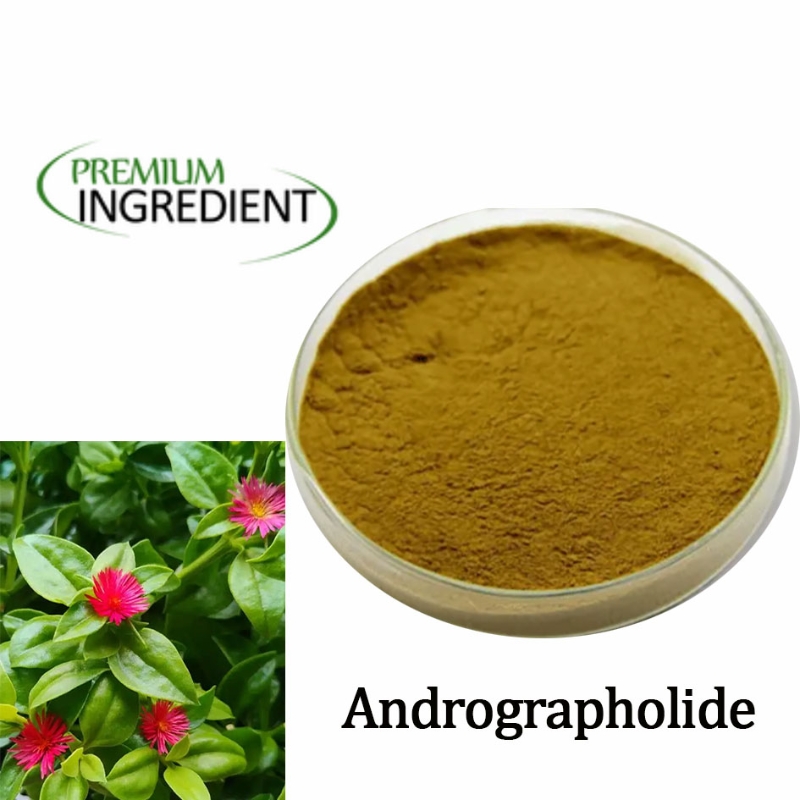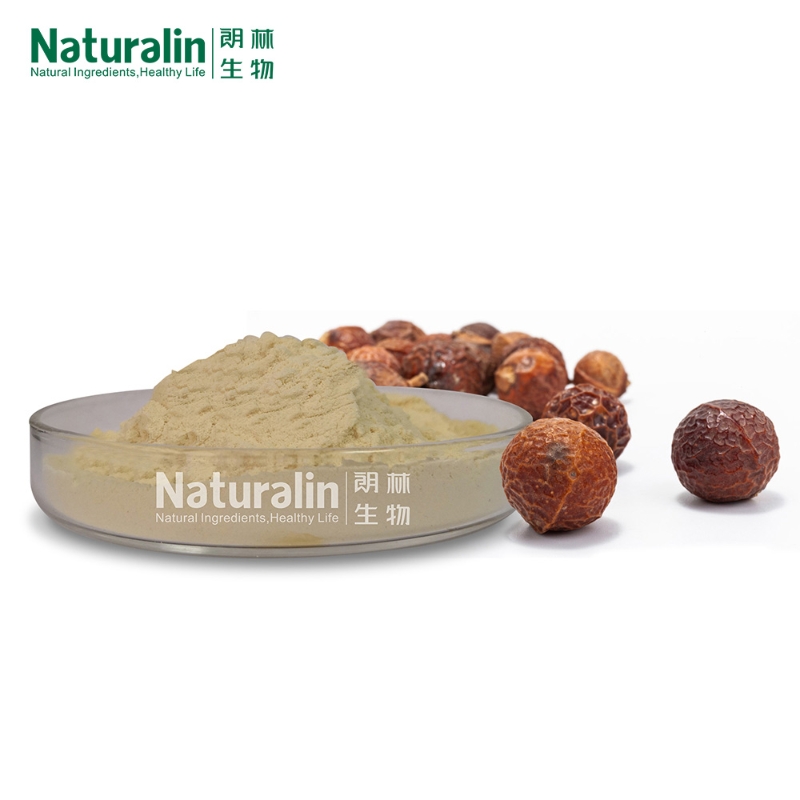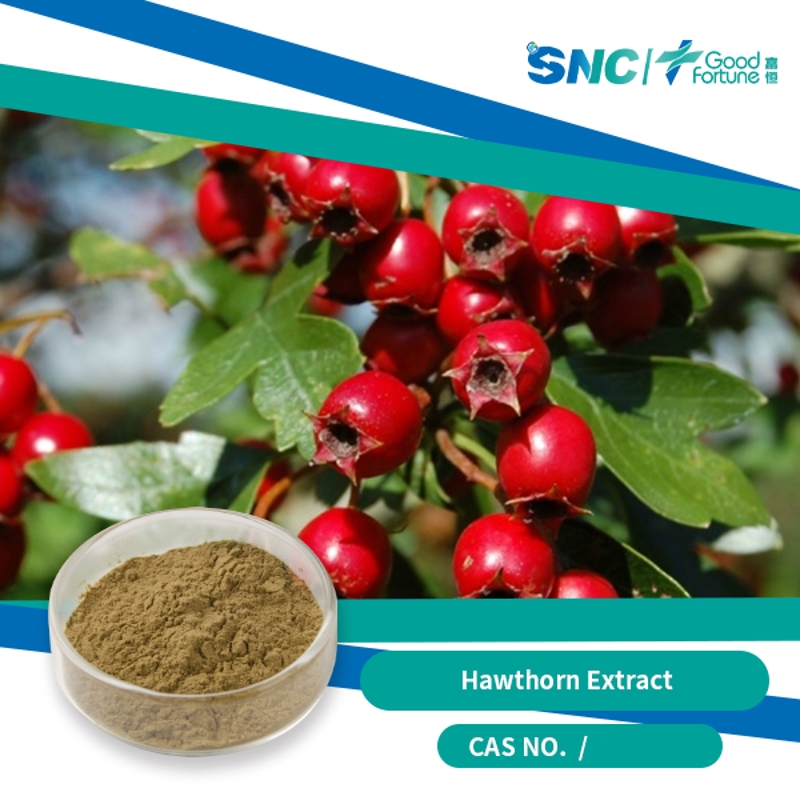Import and export volume of traditional Chinese medicine increased steadily
-
Last Update: 2013-01-14
-
Source: Internet
-
Author: User
Search more information of high quality chemicals, good prices and reliable suppliers, visit
www.echemi.com
Business news on January 14 in the first three quarters of 2012, the import and export volume of traditional Chinese medicine products reached 2.43 billion US dollars, up 10.53% year on year Among them, the export volume was US $1.8 billion, up 7.20% year on year; the import volume was US $630 million, up 21.32% year on year Most of the export of traditional Chinese medicine products showed a different degree of growth The export volume of the largest commodity is still plant extracts, with a year-on-year growth of 6.07% to 855 million US dollars; the export volume of traditional Chinese medicine and decoction pieces is 588 million US dollars, with a year-on-year growth of 6.55%, ranking the second; the export volume of proprietary Chinese medicine is 199 million US dollars, with a year-on-year growth of 17.84%; the export volume of health products is 159 million US dollars, with a year-on-year growth of 3.71% The traditional market still maintains its advantages, but the export growth slows down significantly Japan, Hong Kong, the European Union, the United States and South Korea are still the main export markets of traditional Chinese medicine The export volume of these five markets accounts for 71.45% of the total export volume of traditional Chinese medicine Among them, our export growth to Hong Kong and the European Union has slowed down, and that to Japan, South Korea and the United States has increased significantly, reaching 25.76%, 32.42% and 21.81% respectively, which has become an important driving force for the substantial increase of traditional Chinese medicine exports Last year, China's exports of traditional Chinese medicine to Germany increased by 85% year on year due to the increased demand for ginseng and some extract products from Germany As orders from Germany have stabilized this year, China's exports of traditional Chinese medicine to Germany fell by 6.6% in the first three quarters Because of the slowdown of global economic growth and the uncertainty of growth, the export growth of traditional Chinese medicine to various markets in China has slowed down as a whole In the first three quarters, the traditional market of China's extract export still maintained stable growth, and the demand of some new markets (such as Mexico and ASEAN markets in Latin America) declined year on year In the first three quarters, China's exports of Chinese herbal medicines and pieces of decoction as a whole maintained a stable growth The demand of traditional markets such as Japan and South Korea increased by more than 20% year-on-year, but the demand of Latin America and Africa fell sharply year-on-year In addition, under the influence of Taiwan's implementation of control measures on imported Chinese herbal medicines, the export volume of Chinese herbal medicines and pieces from the mainland to Taiwan in the first three quarters was only US $1997 million, down 49% year on year In the first three quarters, China's exports of Chinese patent medicines increased by 17.84% year on year, among which the proportion of EU in China's exports of Chinese patent medicines decreased from 6.47% in 2010 to 2.59%, while the proportion of mainland to Hong Kong's exports of Chinese patent medicines continued to rise Private enterprises have become the main force to promote the import and export of traditional Chinese medicine In the first three quarters of 2012, private enterprises were the main force of export, with 2022 exports and 915 million U.S dollars, accounting for 50.81% of the total Among them, the export volume of collective enterprises grew rapidly; the export volume of foreign-funded enterprises was 334 and 524 million U.S dollars, accounting for 29.12% of the total; the export volume of state-owned enterprises was only 19.97% It is worth noting that among the private enterprises, the export volume of private enterprises accounts for more than 90% Under the influence of EU traditional herbal medicine directive, the export volume of Chinese patent medicine to EU countries in the first three quarters of 2012 was gradually reduced to US $7.7 million, a year-on-year decrease of 37.61% The declining share of export of traditional Chinese medicine is in sharp contrast to the growing export of raw materials Various trade barriers such as overseas registration and certification are the important reasons that restrict the growth of export of traditional Chinese medicine, and the process of its going abroad is still slow In 2004, the directive on traditional herbal medicines (hereinafter referred to as the directive) issued by the European Union has had a direct impact on the export of Chinese patent medicines to the European Union The directive stipulates that all Chinese patent medicines sold in the European Union market must be registered in accordance with the new regulations before April 30, 2011, and get the listing license, otherwise they will not be allowed to be sold In 2011, China exported US $13.32 million of Chinese patent medicines to Europe, with a year-on-year decrease of 13.5% However, this year, the influence of EU directives on China's exports of Chinese patent medicines has been weakened The markets in Holland and Romania are basically stable The demand in Germany is still growing Only the UK is more and more strict in its export management of Chinese patent medicines In the first three quarters, China's exports of Chinese patent medicines to the UK fell by 77% year on year, because the UK's exports of Chinese patent medicines to the EU are basically stable The proportion is relatively large, so the sharp decline in exports to the country has also led to the decline in the overall export data of Chinese patent medicine to the EU Since April 19, Qingdao Customs, Tianjin Customs and other local customs have successively carried out control and investigation on relevant enterprises due to the classification of tax number of pepper extract export products As a result, all enterprises have been shut down and their exports have stagnated The products involved include paprika red pigment, stevia extract, green tea extract and quercetin, among which paprika red pigment is the most representative and the most influential The problem of coding classification is not accidental, because plant extract products involve many industries, such as food, nutrition and health care products, cosmetics and pharmaceutical intermediates, with many products, specifications and complex attributes, so plant extract products involve more customs codes in export, and it is difficult to define the classification of some products The occurrence of this problem is mainly reflected in two aspects: on the one hand, with the development of technology level, the improvement of production technology, the change of product composition and use, and the change of industrial policy, the current export products are essentially different from the products a few years ago, so there are problems in the use of code export declaration On the other hand, the export codes used for declaration of the same plant extract products at different customs are different, the Customs has not been clearly unified, and the export tax rebates of different codes are different Enterprises use different customs codes when exporting the products and are warned or punished After knowing the situation, the chamber of Commerce will take actions immediately On the one hand, it will go deep into the enterprise and analyze the cause of the incident; on the other hand, it will contact the relevant ministries and commissions, report the situation and coordinate the communication After many efforts, on September 19, the chamber of Commerce and the tariff Department of the General Administration of Customs held a symposium on pepper extract enterprises in Shijiazhuang, and finally solved the problem of export difficulties of pepper extract successfully: the export of pepper extract continued to use tariff No 13021990 (tax rebate rate of 15%) for customs declaration, and local customs will no longer give investigation; at the same time, enterprises that have been investigated will not be punished The state continues to encourage and support the healthy development of pepper extraction industry The industry standards are improving day by day, which promotes the industry to develop in a standardized way The national 12th Five year development plan for food industry clearly supports the development of plant extract industry, and the international market also opens up the door to China's plant extract industry It is an inevitable trend for the export of plant extracts to keep increasing The brand awareness and international competitiveness of enterprises have been gradually enhanced, and the development of the industry has entered a new track In the past, the characteristics of planting and lifting enterprises were small, scattered and disorderly, lacking of high-quality scale enterprises in the industry Now it has developed two listed companies, Chenguang biology and Guilin Rhine, represented by Beijing Green Jinke and Xi'an Haotian, industrial pioneers with high-quality brand products and sustainable innovation and development ability There are also diversified enterprises such as Zhejiang Kangenbei Pharmaceutical Group to further expand the field of plant extracts The chamber of commerce is promoting the plant extraction industry to form a plant extraction industry alliance, promoting the growth of plant extract export and leading the development of the industry The international business standard for plant extracts, led by the chamber of Commerce, is being worked out by all participating units In the future, the implementation of international business standards will improve the quality of plant extract products, improve the quality standard system, improve the industry access mechanism, strengthen the self-discipline of industry enterprises, and ensure the healthy and sustainable development of the industry Since 2009, the price of traditional Chinese medicine has been rising, which has seriously affected the foreign trade of traditional Chinese medicine In 2011, the export volume of Chinese herbal medicines reached 200000 tons, down 11.8% year-on-year, which is the only commodity with a decline in the export volume of Chinese herbal medicines The average export price of Chinese herbal medicines increased by 33.6% In the first three quarters of 2012, the average increase in export prices of Chinese herbal medicines and pieces fell to 15.70% In the first three quarters of this year, the export prices of Poria cocos, Pinellia ternata and other products, whose export prices rose by more than 80% last year, all fell, and the export prices of Cistanche deserticola even fell by 48.85% The export price of Tianqi and ginseng continued to rise The growth period of Tianqi is generally three years In 2010, the drought in the main producing area of Yunnan Province has continued to affect the output of Tianqi until now However, many products containing hemostasis and stasis dispersing effects in the domestic basic medicine catalog contain Tianqi ingredients, and the dosage is also quite large Therefore, the export price of Tianqi has kept rising for nearly two years, and the demand of foreign countries in the first three quarters of this year also reached 1679 tons, an increase of 89.96% year on year In the first three quarters of this year, China's Ginseng export price reached US $52860 / ton, a year-on-year increase of 61.37%, and the export volume was 1619 tons, a year-on-year increase of 23.09% The reasons for the continuous rise of ginseng export price in China are as follows: (1) product upgrading: processing ginseng crude products into extracts, or starting to operate organic products After the added value of products increases, not only the market demand is more vigorous, but also the price can be accepted by customers (2) The awareness of ginseng brand in China has been improved - there were more than 30 ginseng brands registered in Jilin Province, the main place of ginseng production before, but the product output of each brand is not much, the market coverage is narrow, and there is not a national big brand yet On January 15, 2012, the first "Changbaishan ginseng" brand product store was put into trial operation, and achieved a good start (3) From the source, the policy of increasing the price of ginseng has achieved initial results In the past, China stipulated that ginseng could only be used for medicine but not for food, which restricted the development of ginseng health food in China Since March 1 this year, Jilin Province has implemented the new method of ginseng management Ginseng can be directly added to various foods as raw materials of food and beverage, which will open a broad new way for the development of ginseng health food in China Last year, the Ministry of Commerce entrusted the chamber of Commerce for medical insurance to establish a "market operation information monitoring and early warning system for key varieties of traditional Chinese medicine", and began to operate, timely releasing the operation information of traditional Chinese medicine The improved monitoring system for the operation of traditional Chinese medicine can timely transmit accurate information on the production and marketing of traditional Chinese medicine and forecast the price trend It can not only provide the basis for the government's macro decision-making, but also effectively integrate the industrial chain of traditional Chinese medicine involving the planting, processing, transportation, trade, preparation and other links, so as to improve the overall healthy development level of the industry through standardized management and market monitoring The health care products exported in China are mainly fish oil, lecithin, royal jelly and other health care raw materials In the first three quarters, the export prices of fish oil, fresh royal jelly and other products in China have increased by a certain margin, but the development dividend of large health industry has not been shown yet, so the export trend of health care products is basically stable Although the global economic downturn has a certain impact on China's pharmaceutical international trade, the pharmaceutical industry is a rigid demand industry, so the degree of impact is limited In the first three quarters, China's international trade in traditional Chinese medicine products grew steadily, indicating that traditional Chinese medicine products, as an alternative and supplementary medical products for western medicine, played an important role in making up for the pressure of the sharp rise in western medicine costs With the improvement of "internal skill foundation" of enterprises, the pace of "going out" of traditional Chinese medicine products will become more stable.
This article is an English version of an article which is originally in the Chinese language on echemi.com and is provided for information purposes only.
This website makes no representation or warranty of any kind, either expressed or implied, as to the accuracy, completeness ownership or reliability of
the article or any translations thereof. If you have any concerns or complaints relating to the article, please send an email, providing a detailed
description of the concern or complaint, to
service@echemi.com. A staff member will contact you within 5 working days. Once verified, infringing content
will be removed immediately.







